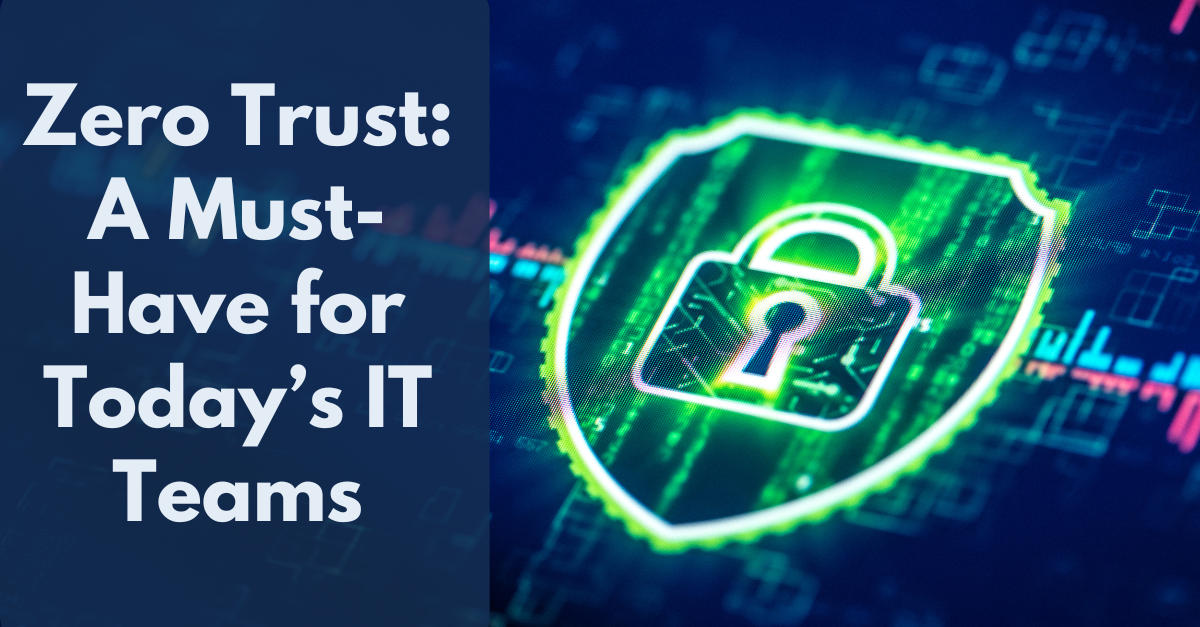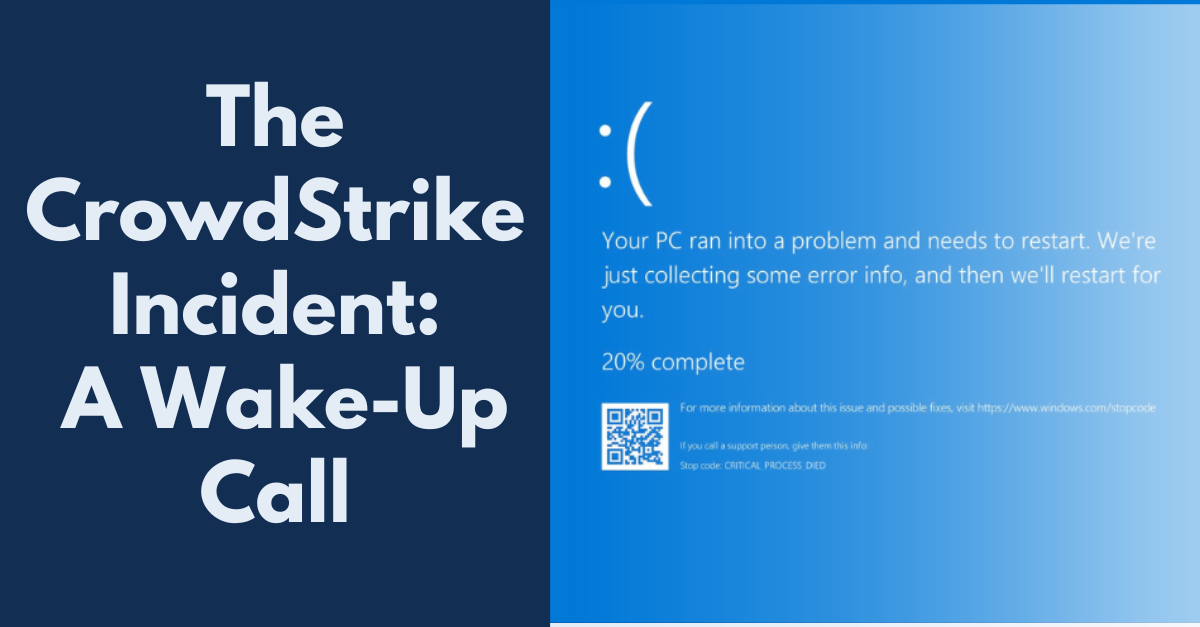Zero Trust: A Must-Have for IT Teams in Today's Threat Landscape
In an era where cyber threats are becoming increasingly sophisticated and pervasive, traditional security measures are no longer sufficient. In...
2 min read
Michael Joseph : Apr 23, 2024 3:44:36 PM

You might ask right away, what is a micro-outage?
A micro-outage is a short duration event, typically less than an hour, which impacts an organization and its network performance. They feel like “death by a thousand paper cuts” and are often challenging to find and fix. They also are a huge hidden cost to an organization’s bottom line, efficiency, and morale.
Micro-outages are a drain on employee productivity
Here is the scenario: Employees start asking each other if their network is down, everyone gets a little frustrated then the issue seems to resolve itself. A few minutes or a few hours later it happens again creating a poor user experience for employees.
Ongoing or intermittent network performance problems, such as poor Wi-Fi, cause frustration and slow down productivity. Technically these events are not considered full outages, so the issues are hard to prioritize and tend to go unresolved.
Employees begin to question whether the issues will ever be fixed and begin to accept mediocrity. Recently, at a large Boston organization employees cited poor Wi-Fi as the reason for their unwillingness to comply with the organization’s in-office 3-day policy change.
Many variables impact how much a network micro-outage costs, including the size of the company, industry and the company’s business model. According to a 2014 Gartner report, the average cost for network downtime is $5,600 per minute. For small to medium enterprises the estimated average is lower at $427 per minute. While this may not seem that costly, imagine a nagging issue that causes 10 minutes of downtime a day. Over the course of a year that could add up to costs of over $10 million.
Micro-outages can commonly be caused by architectural issues, routing errors, hardware failures or network capacity issues. A latent Wi-Fi density or capacity problem can result in regular micro outages.
To reduce micro-outages and improve the employee experience consider the following steps:
Basic tools for network monitoring provide ways to discover, map and analyze a business network. They can also provide an overview of hardware usage and performance to help maintain connectivity. These represent the first line of defense and when coupled with operational reviews can solve many underlying issues.
However, these tools don’t typically monitor the users true application experience, which often leads to a disconnect between what is reported and what is visible in the tools. Technium’s Connectivity Intelligence goes further by putting the user experience first and performing on-going regular tests with synthetic application experience probes, often identifying and resolving issues before users are aware there is a problem.
Just give us a few details and we'll be in touch.

In an era where cyber threats are becoming increasingly sophisticated and pervasive, traditional security measures are no longer sufficient. In...

The recent CrowdStrike incident, while not a cyberattack, serves as a stark reminder of the vulnerabilities inherent in modern IT environments. The...

Achieving a true zero-trust Network is not easy, but the market would like you to believe that it is.